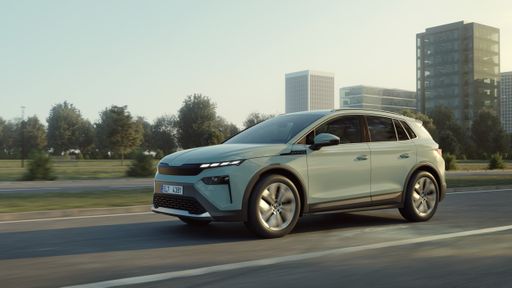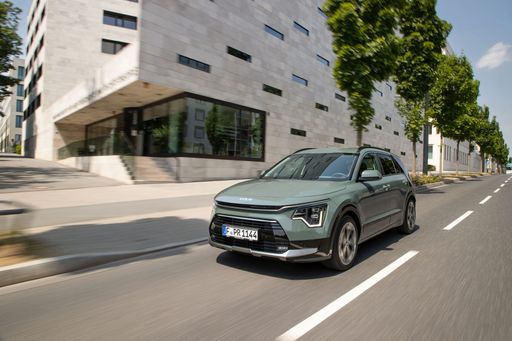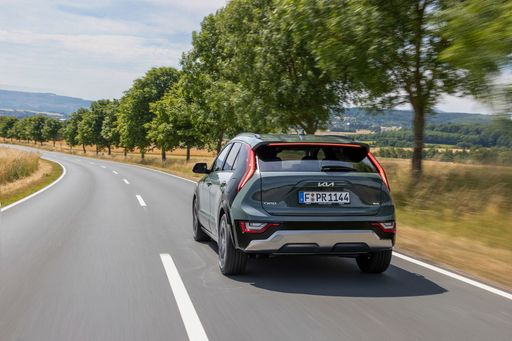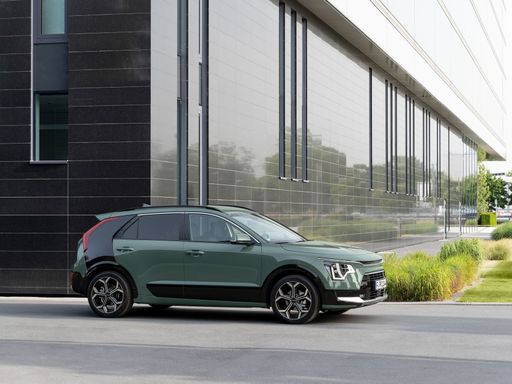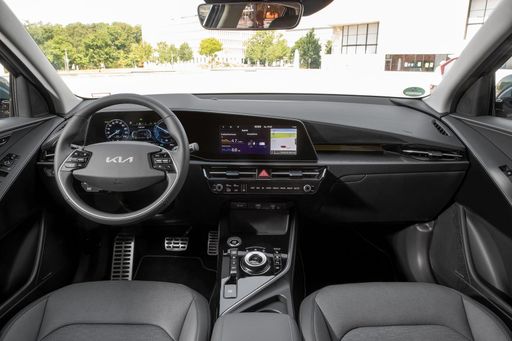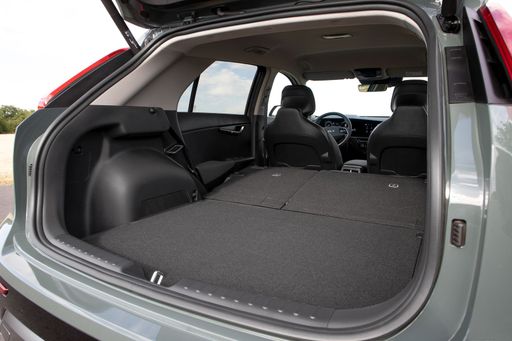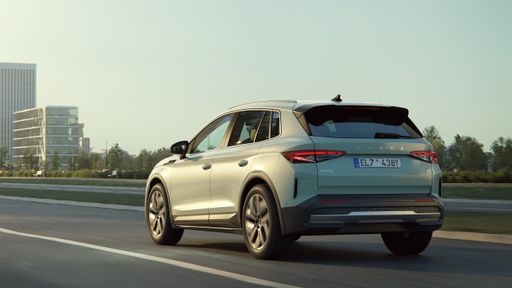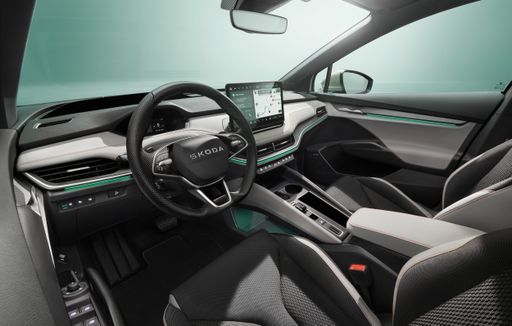Introducing the Rivals: Kia Niro vs Skoda Elroq
The crossover SUV market has become a battleground for automakers as they compete for the attention of environmentally conscious consumers. Two noteworthy contenders in this category are the Kia Niro and the Skoda Elroq. Both vehicles offer innovative technology and exceptional features, but which one stands out in the ever-evolving landscape of eco-friendly driving? This article dives into the technical specifications and innovations of both models to help you make an informed choice.

